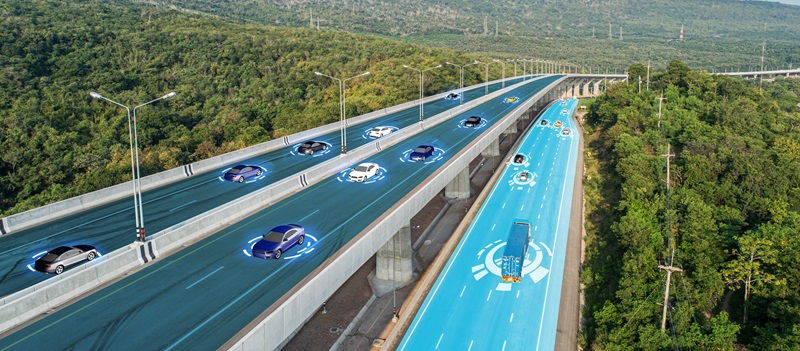In the relentless pursuit of making autonomous vehicles safer and more efficient, a team of international researchers led by Professor Gwanggil Jeon from Incheon National University, Korea, has recently made a significant breakthrough. They have developed a novel internet-of-things (IoT)-enabled deep learning-based end-to-end 3D object detection system that exhibits improved detection capabilities even under unfavorable conditions. This groundbreaking system has the potential to revolutionize the field of autonomous driving.
Current sensor technologies in autonomous vehicles
To provide a comprehensive view of the surroundings and gather relevant information, current autonomous vehicles rely on a combination of smart sensors. LiDARs (Light Detection and Ranging) are used to generate a 3D view and depth information. RADAR (Radio Detection and Ranging) sensors enable object detection even at night and in challenging weather conditions. Additionally, a set of cameras captures RGB images and provides a 360-degree view.
Shortcomings of current sensor technologies
While these sensor technologies have significantly contributed to the advancements in autonomous driving, they are not without limitations. LiDARs, for instance, may struggle with certain environmental conditions such as heavy rain or fog. RADAR sensors, while effective at night, may face challenges in accurately identifying objects in cluttered scenes. Similarly, camera systems may experience difficulties in detecting objects due to lighting variations and occlusions.
Introduction of the groundbreaking object detection system
To overcome the shortcomings of existing technologies, the research team developed an innovative Internet of Things-enabled deep learning-based end-to-end 3D object detection system. This system leverages the power of deep learning and builds upon the state-of-the-art YOLOv3 (You Only Look Once) technique, which is known for its exceptional performance in 2D visual detection tasks.
System functionality
One of the key features of this system is its ability to process both point cloud data and RGB images as input. By fusing information from these different sources, the system can generate bounding boxes with confidence scores and labels for visible obstacles as output. This enables it to have a more accurate understanding of the surrounding environment and detect objects with higher precision.
Evaluation results
During the evaluation phase, the researchers assessed the system’s performance in terms of both 2D and 3D object detection accuracy. The results were nothing short of impressive. The system achieved an overall accuracy of 96% for 2D object detection and an outstanding accuracy of 97% for 3D object detection. These results demonstrate that the system outperforms other state-of-the-art architectures in terms of accuracy and reliability.
Implications for autonomous vehicles
The development of this IoT-enabled, deep learning-based object detection system has the potential to propel autonomous vehicles into the mainstream. By significantly improving detection capabilities, the safety and efficiency of autonomous driving can be greatly enhanced. Furthermore, the introduction of autonomous vehicles offers significant economic benefits by reducing dependence on human drivers and introducing more efficient transportation methods.
Potential impact on the transportation industry
The implications of this groundbreaking system extend beyond autonomous vehicles. The transportation and logistics industry, in particular, stands to benefit greatly from the advancements in autonomous driving technology. With safer and more efficient transportation methods, a wide range of industries can experience increased productivity and cost savings.
Future implications and developments
The development of this IoT-enabled, deep learning-based, end-to-end 3D object detection system is only the beginning. It is expected to stimulate further research and development in various technological fields. The possibilities are vast, ranging from improvements in sensor technologies to advancements in robotics and artificial intelligence. This breakthrough opens the door to a world where autonomous systems can perceive and interact with their environment more effectively.
The IoT-enabled, deep learning-based, end-to-end 3D object detection system developed by Professor Gwanggil Jeon’s research team is set to revolutionize autonomous driving. By addressing the shortcomings of existing sensor technologies and achieving exceptional accuracy in object detection, this system brings us closer to a future where autonomous vehicles are the norm. The possibilities and advancements driven by this technology are boundless, promising a safer, more efficient, and transformative transportation and logistics industry.

